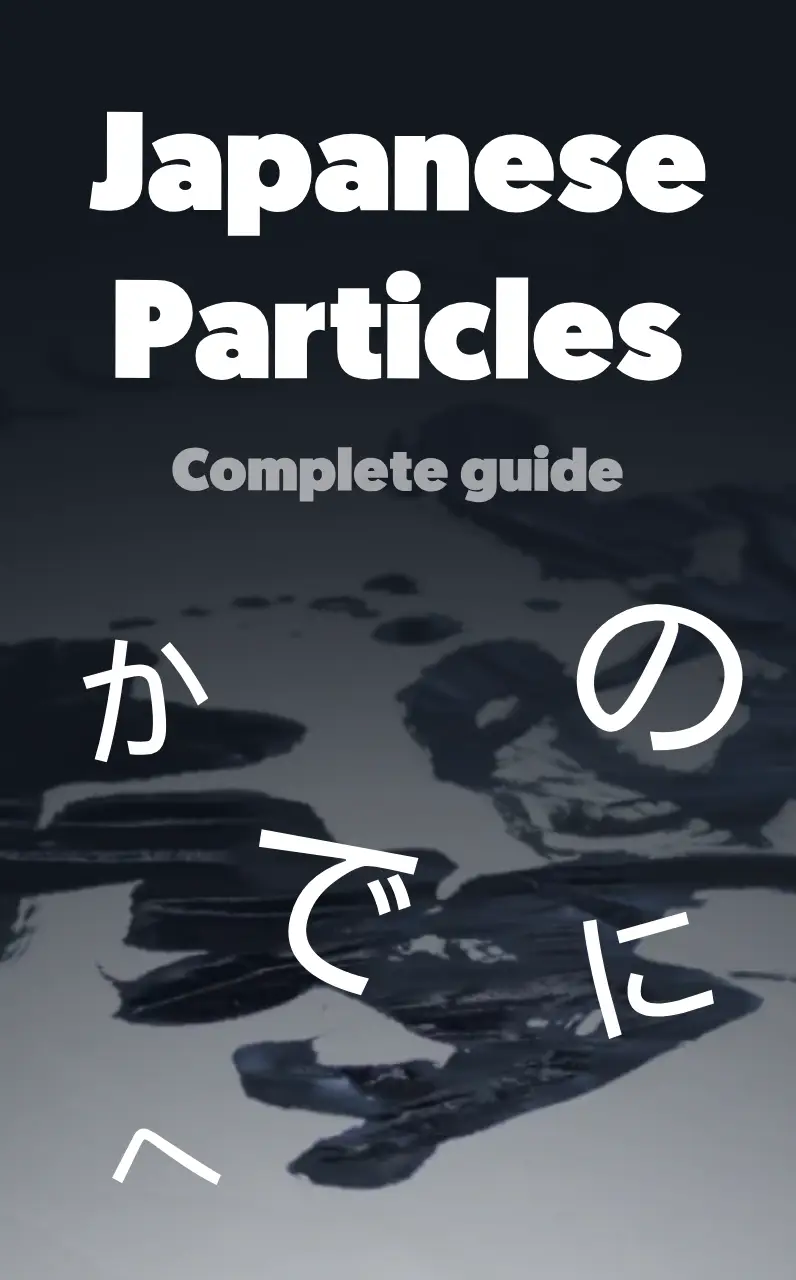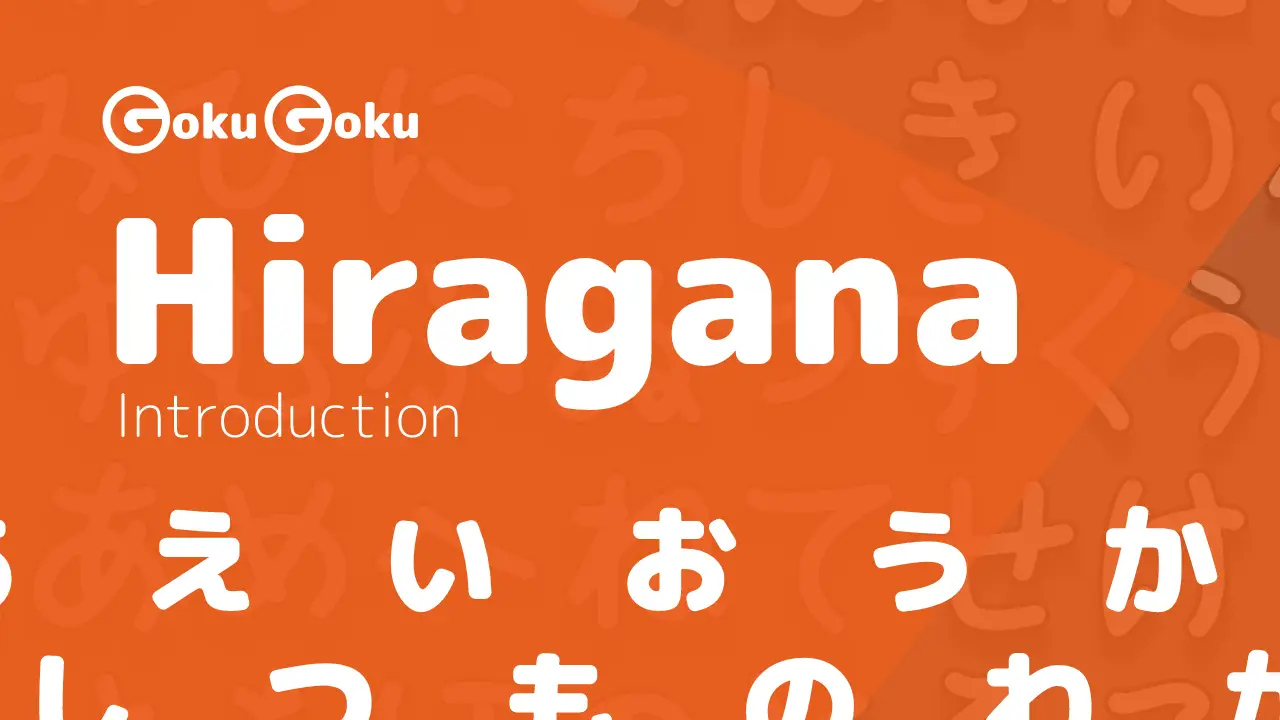は Particle in Japanese - All you need to know
Anna Baffa Volpe
Get in touch with meIn this post we see one of the most used and common topics of Japanese grammar: the particle は (ha, read wa).
Particles are one of the most intriguing and interesting topics in the Japanese language. The term that identifies the particles is 助詞:
- 助
help,assist - 詞 indicates a
part of speech
The first joshi we are going to learn is は.
How to form は
The particle は is read wa and written in hiragana with the character は ha.
Particles are of various kinds, have various functions and also different positions within the sentence.
Let's see below the various grammatical structures that use the particle は:
雪は白い。
The snow is white.
鬼滅の刃は日本の漫画作品だ。
Demon Slayer is a Japanese manga.
I also report this particular use of は in a form of prohibition which sees the verb in its te form joined with は and the verb いけない: てはいけない.
図書館では大声で話してはいけません。
In the library it is forbidden to speak aloud.
How and when to use は
は is used to introduce and present a topic.
話題 is the topic that the particle は introduces.
For example, when we talk about the subject 町 city, the particle は is placed after 町 and thus a sentence is formed which introduces the subject city and continues adding a quality, a characteristic:
この町は古い。
This city is ancient.
は can be considered a 目印 mejirushi or マーカー mākā, a marker that highlights the subject keyword of the sentence
は: theme or topic of the sentence
As we have anticipated, the particle は is used to present the topic of the sentence.
The topic or theme constitutes the material for a conversation, the word that expresses it is followed by は:
私の名前はリザだ。
My name is Lisa.
We find は in 自己紹介 jiko shōkai: when you introduce yourself to someone for the first time
は and true statements
The particle は is used to state a fact that is true, an aspect that no one can deny and which is universally valid.
東京は日本の首都です。
Tokyo is the capital of Japan.
We find the structure は and the copula だ in plain form or です in the polite form
エベレストはヒマラヤ山脈にある標高8,848mの山だ。
Everest is a mountain in the Himalayas, 8,848 meters high.
The word for truth is 真理 and it is also a beautiful female name in Japan.
は and personal opinion
は is also used to express the speaker's point of view, the personal and subjective opinion.
この景色は素敵だ。
This panorama is enchanting.
話し手 hanashite is the speaker; 聞き手 kikite the interlocutor and 主観 shukan subjectivity, personal opinion
は and description of things
When we describe things, people or situations we find the particle は:
このバッグはとても軽いだ。
This bag is very light.
は and explanations, extracted from an article on the web
When we provide an explanation about a thing or circumstance we find は.

I have quoted the excerpt from Wikipedia Japanese version of the description and explanation of the Nile River. The sentences are articulated in their structure and contain various kanji and terms, but we can in turn extract the basic structure that interests us for the study of the は particle.
ナイル川はアフリカ大陸の河川である。
The Nile is a river on the African continent.
We find the structure also seen in the previous sentences:
は and yes or negative answers
は is also present in direct questions that require answers with a yes or a no':
あなたはお味噌汁が好きですか。
Do you like miso soup?
In this question we find the structure of the verb like / love expressed with 好きだ:
0:00.00
-1:0-1.00
納豆食べられますか。納豆好きでしょうか。
納豆食べられますか。納豆好きでしょうか。
Can you eat natto? Do you like natto?
In the audio question particles are omitted. This happens often in informal conversations, where particles are omitted. It is also common to omit the subject when it can be inferred from the context. The copula だ was used in the polite form でしょうか when expressing a guess or a conjecture I wonder if you like natto, or in the future tense Will you like it in natto?.
Examples of the は particle
あの女優は歌が上手いな。
That actress is a really good singer!
パワースポットという言葉は、実は和製英語です。
Power spot is a Wasei Eigo term.
和製英語 Wasei eigo is a term used to indicate all Japanese words and linguistic constructions, born from the fusion with English , but which are used only in Japan and which are often not understood in English-speaking languages.
副詞は活用しない言葉です。
Adverbs are words that don't decline.
We find the basic structure again: noun + は + noun + だ / です.
副詞は言葉です。
Adverb is a word.
The previous example contains a relative clause, which in Japanese precedes the noun it refers to:
- 活用 しない 言葉:
a word that cannot be declined
活用 katsuyō, means inflection, declension, conjugation
Similar grammar points in Japanese 📚
から
から (kara) Meaning Japanese Grammar - Because
だけ
だけ (dake) Meaning Japanese Grammar - Only
たりする
たりする (tari suru) Meaning Japanese Grammar - Do Such Things as A, B Etc
ちがう
ちがう (chigau) Meaning Japanese Grammar - No
まだ
まだ (mada) Meaning Japanese Grammar - Still
ないでください
ないでください (naide kudasai) Meaning Japanese Grammar - Please Do Not Do

